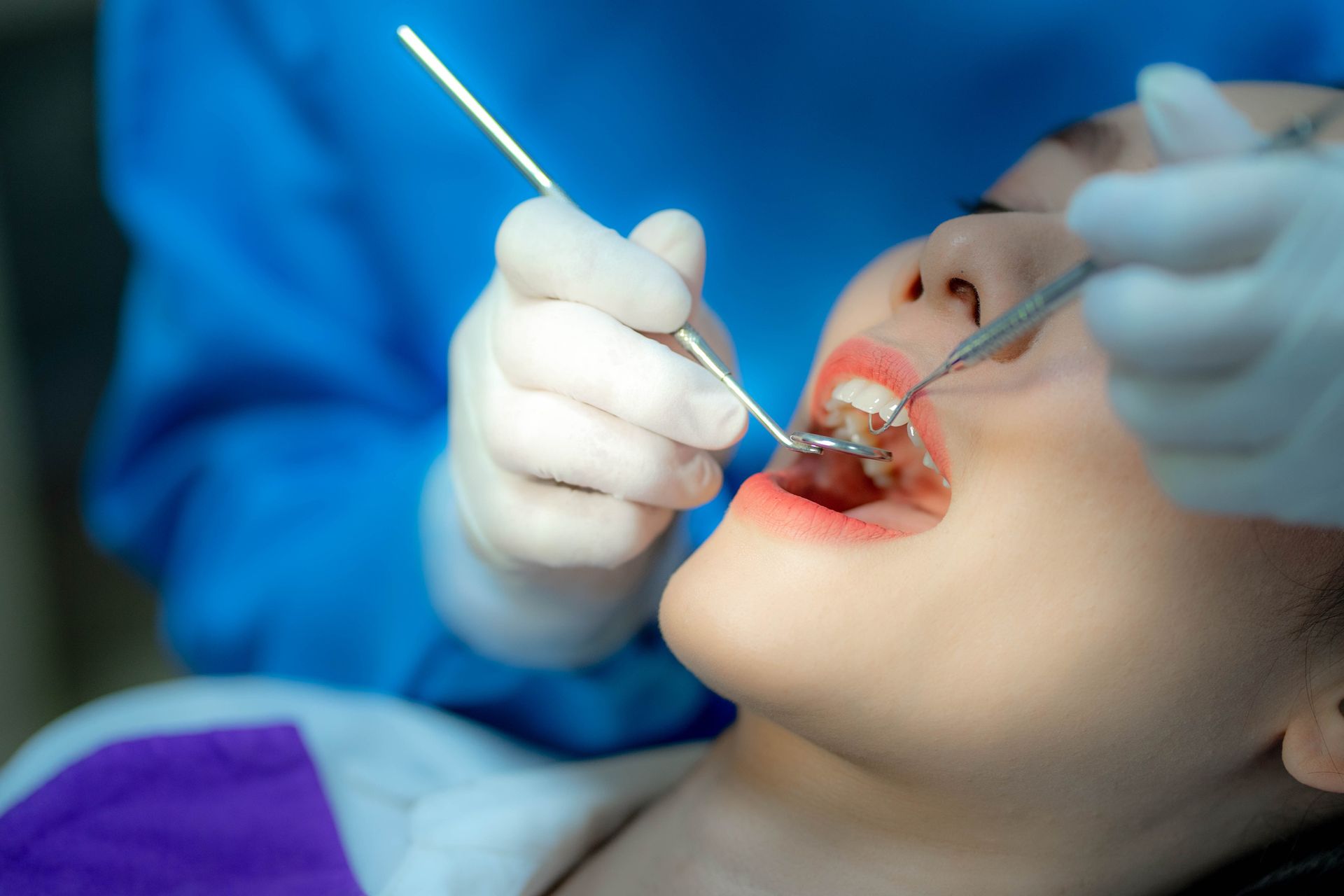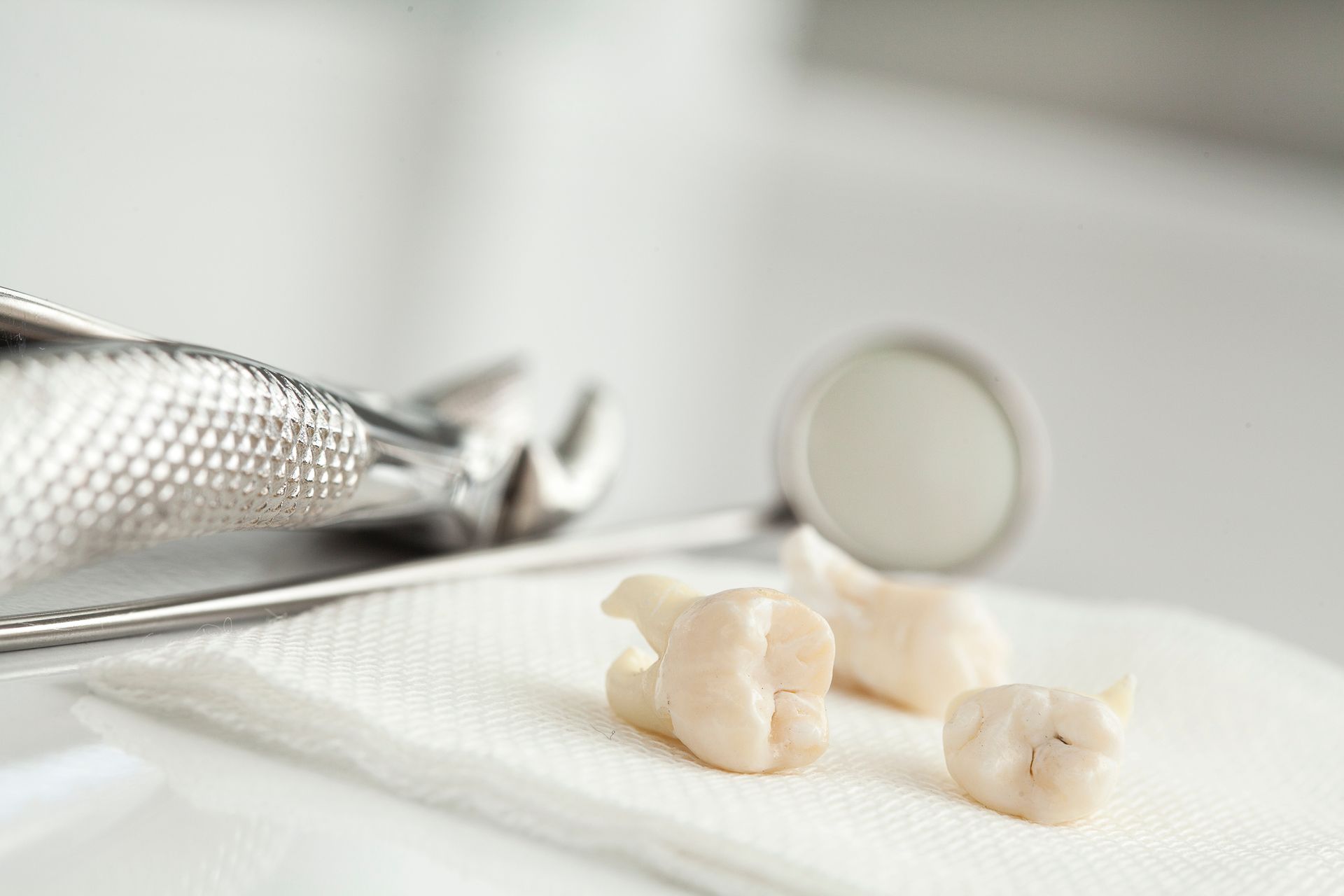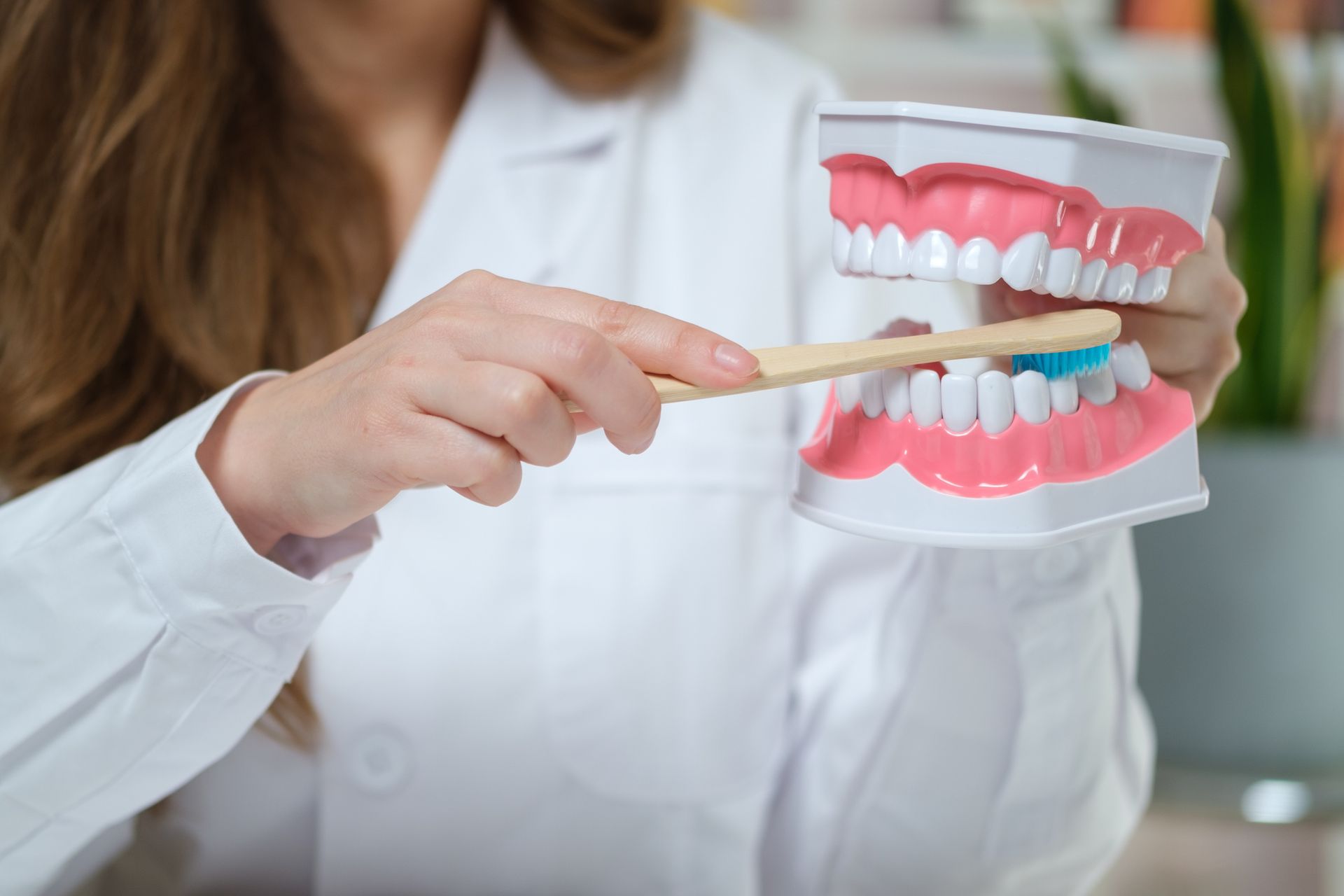Craniofacial Deformities and Distraction Osteogenesis
Admin • November 26, 2019
Craniofacial Deformities and Distraction Osteogenesis

Any deformities that occur within the skeletal system need to be addressed, but few are as highly visible as facial deformities. An individual with a facial bone deformity may suffer from low self-confidence as well as a host of medical problems.
Some deformities can cause newborns to have trouble breathing, prevent the jaws of teens from aligning properly, and create a lack of protection for the eyes due to malformed cheekbones.
An experienced maxillofacial surgeon can use a cutting edge procedure known as distraction osteogenesis to help treat skeletal abnormalities of the face.
Causes of Facial Skeletal Deformities
Craniofacial abnormalities can be caused by many different factors. Some factors are completely out of the patient's control, while others can be affected by the actions of a mother while the patient is in utero.
The combined genetic code received from both parents can trigger a facial deformity. It is also possible for the genes to change at the time of conception, which triggers the creation of a facial deformation. Exposure to certain environmental conditions (like hazardous materials or contaminated water) while in the womb can also lead to a craniofacial deformation.
Some babies are born with craniofacial deformities as a result of their mothers not ingesting enough folic acid during pregnancy. These (and many other) factors can cause the bones in the face to grow abnormally.
The Distraction Osteogenesis Procedure
Bone grafts used to be the treatment of choice for individuals suffering from a facial deformity. While a bone graft can still be a viable option, an experienced maxillofacial surgeon can use a device known as a distractor to help promote more regular bone growth patterns instead.
During a distraction osteogenesis procedure, the surgeon will create a cut in the deformed bone. The distractor is attached to either end of the cut bone. Specialized screws control the amount of tension placed on the distractor at any given time. The screws are turned a small amount each day, and this causes the bones to spread.
Eventually, new bone growth fills in the gap and helps to create a more natural and structurally correct facial form.
A surgeon can place the distractor on the exterior of the patient's body, with metal plates and screws being the only internal components. Other distractors can be placed completely beneath the skin, with only the head of the adjustment screw protruding above the skin. Placement will depend on the location of the deformity being treated and the severity of the skeletal deformity.
Comfort and Recovery
Although it sounds like an incredibly painful procedure, most patients report that a distraction osteogenesis procedure is less painful
than wearing traditional braces. The distractor will need to remain in place for several months to allow for the slow separation and subsequent growth of the affected bone.
The slow movement also helps to make the procedure more comfortable for the patient. While the procedure is more comfortable, only soft foods can be eaten while the distractor is in place, and the patient will need to receive regular X-rays throughout the recovery period to ensure the placement and tension settings on the distractor are effective.
Since distraction osteogenesis isn't limited by the amount of bone that can be grafted into place, the procedure allows for more dramatic corrections in the positioning of deformed facial bones.
Some methods for correcting skeletal deformities of the face can leave behind scars or take a long time to complete. Distraction osteogenesis can achieve dramatic results without scarring or such a significant time commitment.
Contact
The San Diego Center for Oral and Maxillofacial Surgery to learn more about distraction osteogenesis.










